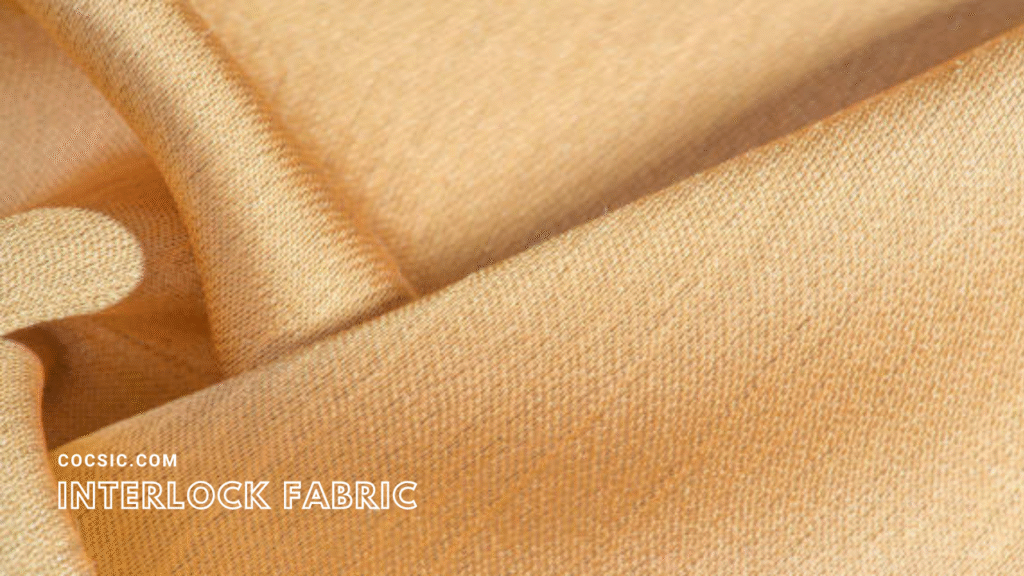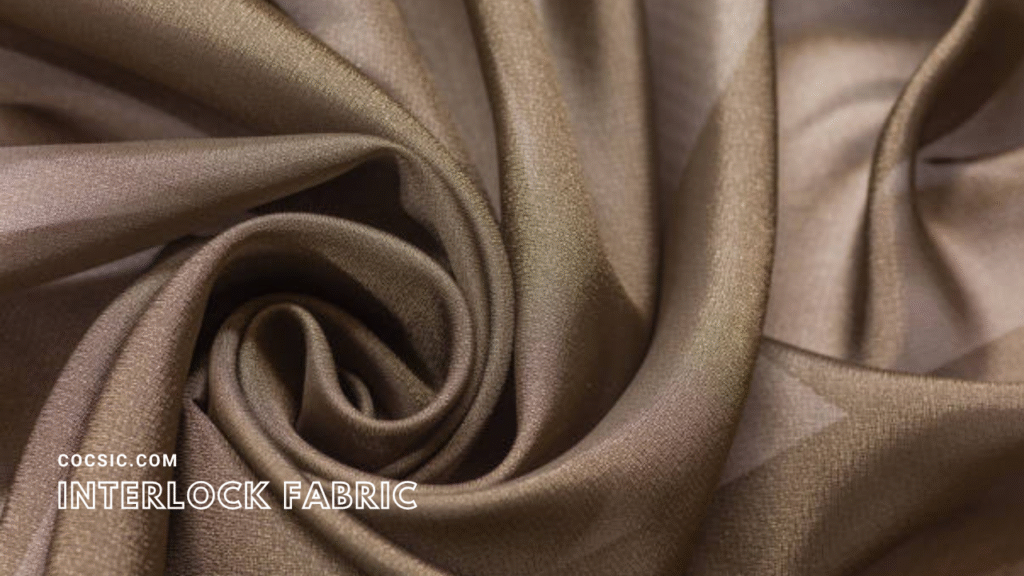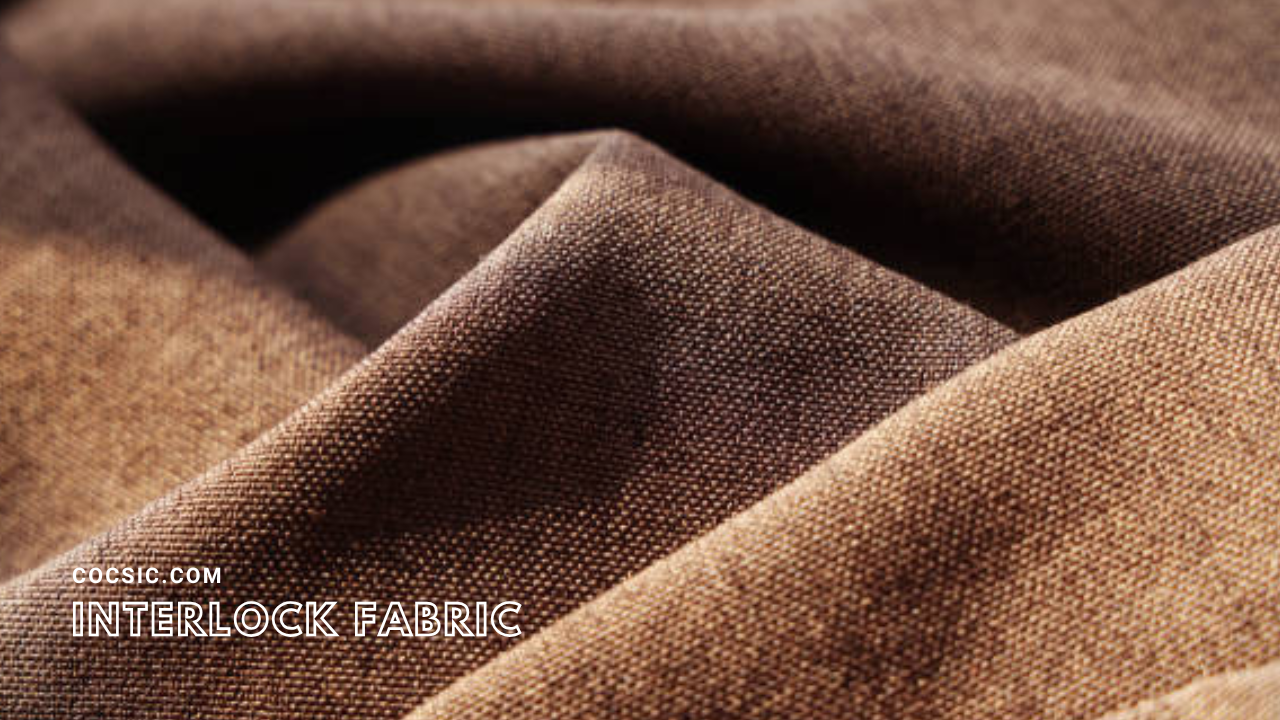Many things affect the stretchiness and softness of the fabric. And you want to know clearly about the interlock fabric. Below are three main reasons provided to remove the illusion about the interlock fabric. First, you need to understand what interlock fabric is.
Interlock Fabric
Interlock is a special type of fabric that is double-knit. It’s famous in the global market for its useful features like unmatched softness, stretchiness, and smoothness. Unlike the regular fabrics (like jersey), it’s made by interlocking two layers of loops together, creating a thicker and more stable material. Its unique structure makes it stronger and more durable.

The main difference between interlock and other knit fabrics is their structure; while jersey knit is lightweight and stretchy but can curl or wrinkle easily, interlock is thicker, more structured, and retains its shape better. It’s also softer and more breathable, which is making it a popular choice for baby clothes, t-shirts, and loungewear.
Another key advantage is its versatility: interlock fabric is good for both types of garments, lightweight and medium-weight, and gives comfort without sacrificing durability. If you want a durable, stretchy, and softer fabric, then it’s a great choice.
Double-Knit Structure
Interlock fabric is made of two layers of interlocking loops rather than one. This pattern of knit makes it thicker, more durable, and longer lasting as compared to the single-knit fabrics. The double-layer design enhances strength and durability while preventing edge rolling or curling, common in thinner knits.
Because the loops are tightly interlocked on both sides, the fabric has a smooth, even texture that feels soft when touched. Interlock has a flat surface that makes it ideal for garments where a clean or polished look is desired. The double-knit fabric also gives it better insulation when lifted, and its shape remains good all the time.
This construction makes interlock fabric a great choice for everyday wear, activewear, and baby clothing-anywhere comfort, durability, and a neat appearance are important.
High Quality and natural Fibers
Interlock fabric shines when made from high-quality natural fibers like 100% cotton or cotton blends. These materials give a premium look to the fabric and enhance softness and breathability.
The quality of the fibers also plays a crucial role in the fabric’s durability. Long-lasting cotton creates its stronger, smoother yarn that resists pilling and maintains its softness even after multiple washes.

Because interlock knit is already thicker and more stable than single knits, combining it with high-quality natural fibers results in a fabric that’s not only luxurious to the touch but also long-lasting. This makes it a favorite choice for baby clothes, premium loungewear, and high-end basics where comfort and durability are top priorities.
Specific Knitting Technique
According to the specific knitting technique, interlock fabrics with special machines that use two sets of needles that work oppositely are used, even in single knit jersey, which uses one set of needles to create a single layer of loops. Twin sets of needles create two layers of interlocking loops that are perfectly matched, resulting in a fabric that’s twice as thick and substantially more stable than single knits.
This pattern of knitting gives smoothness on both sides. Interlooping gives a unique characteristic of bounce (meaning it bounces back to shape after stretching). The tight interlocking loops also create a denser, more durable fabric that resists runs and snags better than looser knits. While the process is more complex and time-consuming than single-knit production, the result is a premium fabric that offers the perfect balance between softness and structure.
So, I hope you’re all clear about interlock, and if you want any clarifications, then comment below. And if you want fabric, interlock is a great choice!




3 thoughts on “3 Secrets Behind Interlock Fabric Strength and Softness”
hi